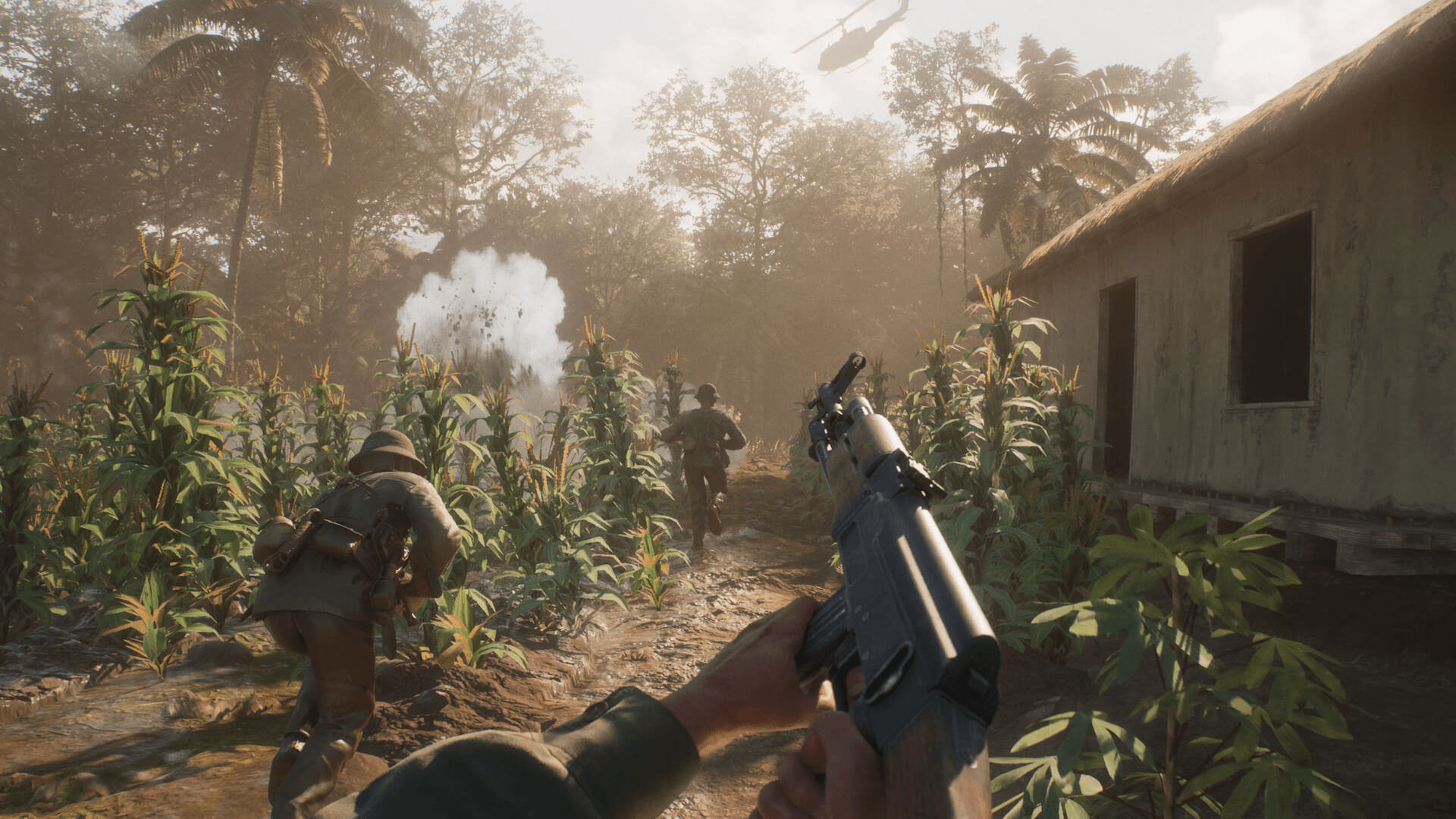MAKE: 3D FROM DAY ONE
The continuous development of 3D technology has opened up new avenues for architects and has quickly become a decisive factor in the development process.
.svg)

.avif)
Creating buildings
Based in London with offices in Hong Kong and Sydney, Make is an architecture and design practice that uses the latest developments in 3D visualisation to create some of the world's most innovative buildings.
Founded in 2004, Make has received accolades for its work in the commercial, residential, hospitality, and leisure sectors. Known for its innovative designs, Make's influence can be seen worldwide in buildings such as the UBS headquarters at 5 Broadgate, One Sydney Park, and the Liangping Sports Centre. Landmarks such as these require not only architectural expertise but also world-class 3D technology to achieve the associated high levels of creativity and innovation.
A focus on 3D
With innovations accompanying every project, Make recognised the benefits of 3D technology for its work. So much so, in fact, that they began using 3D from the very beginning, starting with the initial pitch to the client.
"We've been using 3D from day one," says Katy Ghahremani, partner and architect at Make. "Using 3D from the beginning of a project to the end means we can truly maximise our efficiency and communicate our ideas with clients in the best possible way."
Katy and the Make team have discovered that 3D technology opens up a whole new world of possibilities, starting with the feasibility phase. CAD and BIM models allow for testing fundamentals like cubic volume and sun shadows, while Maya and similar packages are used to ensure a concept works all the way through to delivery.
"3D technology has grown tremendously over the last twenty or more years," says Matthew Seabrook, part of Make's visualisation team. "The technology is now so advanced that we can send our models directly to 3D printers, saving time and resources in creating the physical models for our concepts." And 3D doesn't stop at model building. Virtual reality is beginning to play a major role in the pitching process and in the further development of an idea.
Buildings in VR
As virtual reality becomes increasingly popular as a storytelling medium, Make has leveraged the benefits of VR in customer conversations.
"We've really advanced the capabilities of VR," Ghahremani continues. "When we present a project to a client, they can now see our concept through VR and experience our buildings up close, something they previously couldn't do by simply looking at a sketch or physical model."
For example, in hotel projects, the client typically requires a room model very early on. Traditionally, it's designed and then a physical reproduction is created. Make is now leveraging the idea of using VR in the initial stages so clients can see the room design more quickly and cost-effectively. "Using 3D and VR means we're truly maximising our efficiency," Ghahremani adds. "VR not only helps us communicate effectively with our clients, but also turns multi-strand pitches into a single, seamless process."
Focusing on the image
With Make's focus on VR and 3D visualisation, the implementation required a workflow capable of quickly producing high-quality 3D images. Escape Technology advised them on the required hardware and software and implemented the ideal solutions for their workflow and pipeline.
We provided workstations and the rendering environment for Make. In practice, both GPU and CPU are used to render their 3D visualizations. We provided them with a GP8 with two Intel Xeon processors and 128 GB of RAM for CPU rendering, as well as eight NVIDIA GTX 1080 Tis with 11 GB of RAM each, ideal for GPU rendering. In practice, this provides the ideal rendering solution for quickly creating high-quality visuals and enabling more iterations. "This rendering performance is incredible," says David Sanchez, IT analyst at Make. "Leveraging the power of 25,000 CUDA cores from eight NVIDIA cards allows us to use GPUs to render 3D models seamlessly and very quickly."
Escape Technology began working with Make in 2017, and since then, we've improved the practice's rendering workflow. Using Deadline, we've enabled Make's visualisation team to work more efficiently with their render farm: "As soon as Escape introduced new hardware and software into our rendering workflow, we immediately noticed a huge improvement," David continues. "Having a partner like Escape is very important to us. They have the expertise to make our workflow as efficient as possible."
With a focus on innovation, Make is at the forefront of architecture. They continue to design some of the world's most compelling buildings, harnessing the power of 3D technology to not only communicate their ideas but also push the boundaries of infrastructure construction, bringing it into a new era.
Any further questions? Contact us at sales@escape-technology.com or call 020 7734 8809.
.jpg)
We'd love to hear from you, why not speak to us today...
Whether you're a small studio or a global company we can help you.




.png)


%20copy.avif)



.avif)